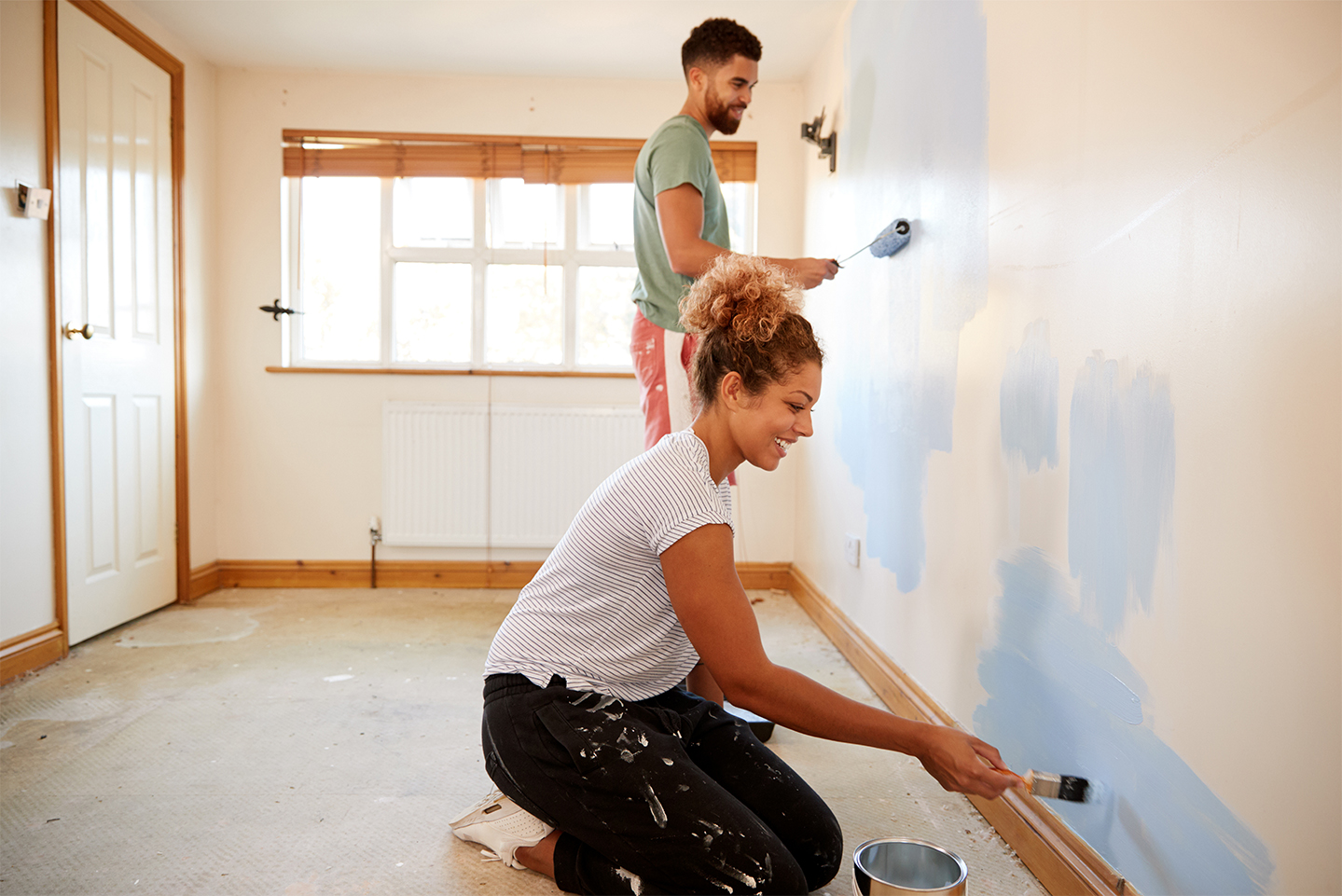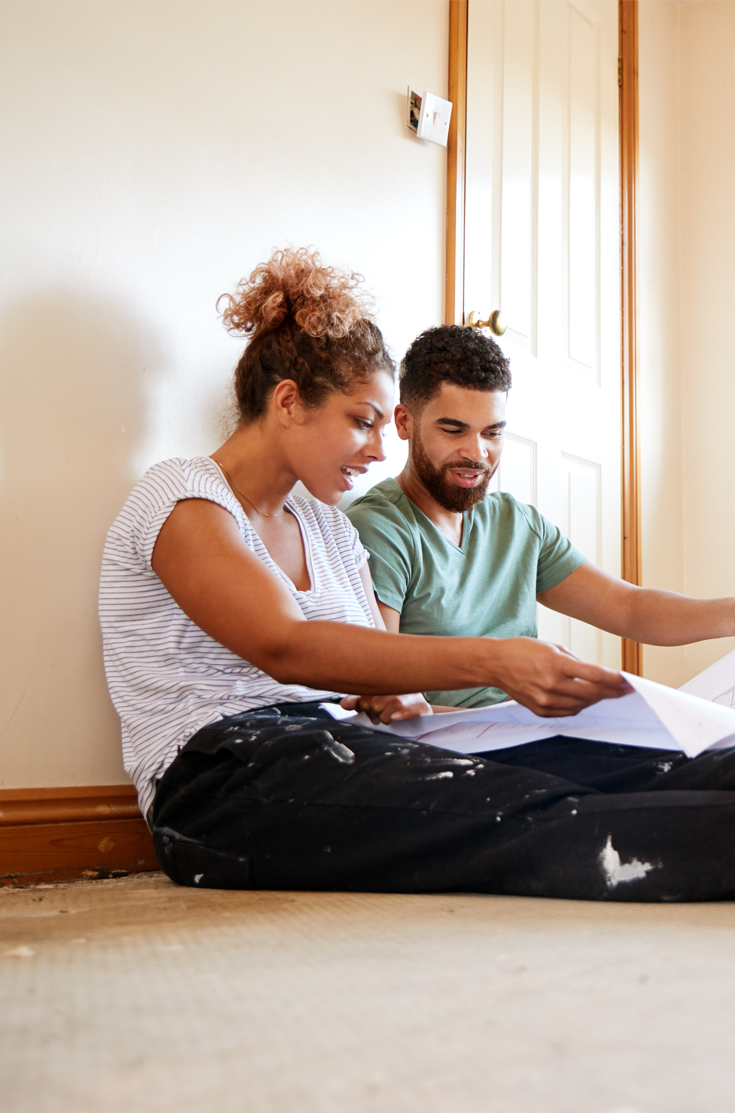How much money do you need to buy a house?
When applying for a mortgage, the lender will assess an array of factors that feed into their decision, such as household income, existing debt and your credit score. One of the most important factors is how much money the buyer can put down as a deposit for the property.
Lenders use a loan to value ratio (LTV) to avoid overborrowing, with most lenders offering to borrow up to 80% of the home’s value. This means the first-time buyer will need to put a down payment of at least 20%. However, a new government help-to-buy scheme has been launched to enable first-time buyers to purchase their first residential home with a minimum 5% deposit.
100% mortgages do not require any deposit at all, but these come with significant risks. They usually require a guarantor to secure their life savings or own home against the mortgage, and you’re exposed to the potential of negative equity (if your home loses value and becomes less valuable than the mortgage).
How much stamp duty does a first-time buyer pay?
Stamp Duty is a type of land tax that is paid to the government when you buy property in England or Northern Ireland. Since July 2021, Stamp Duty relief has been implemented for first-time buyers, and they will not pay any Stamp Duty on the first £300,000 of their property purchase. This means lots of buyers will not pay any Stamp Duty on their first home purchase.
For properties worth up to £500,000, the first-time buyer will pay 5% of the value above £300,000. For example, if they bought a property worth £400,000, they would pay 5% Stamp Duty on £100,000 only (£400,000 value minus the £300,000 Stamp Duty relief), which equates to £5,000.
If the first-time buyer is purchasing a property worth more than £500,000, they will receive none of the first-time buyer Stamp Duty relief and will be subject to normal Stamp Duty rates.
Property purchases are also subject to land tax in Wales and Scotland, but the tax goes by a different name with different rules.


